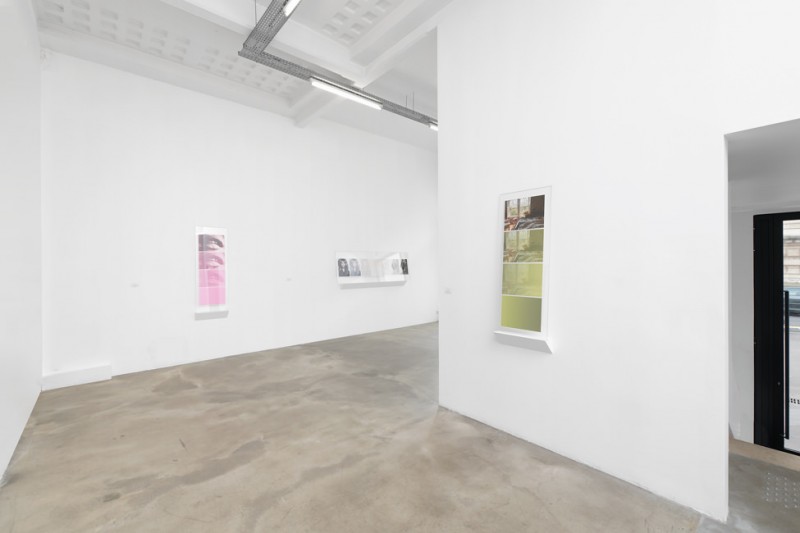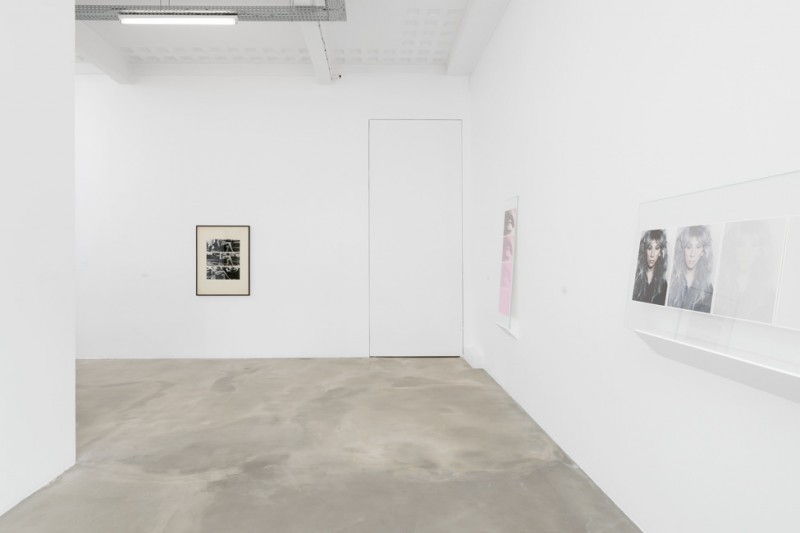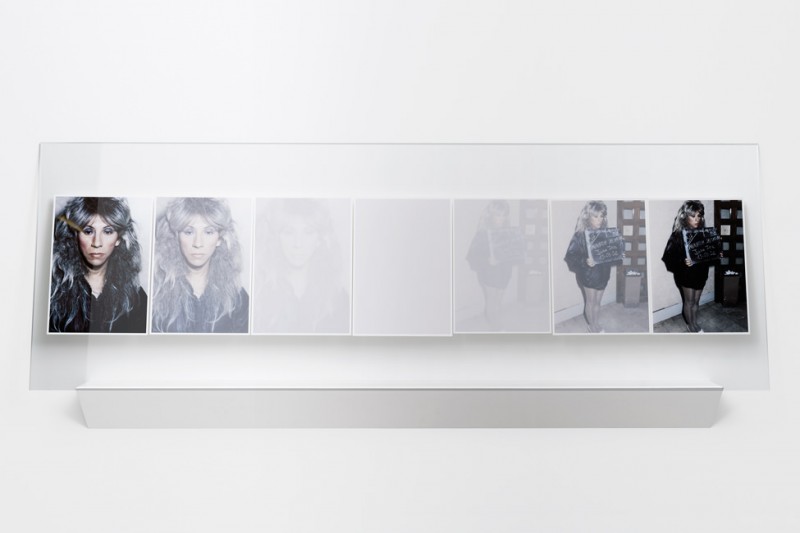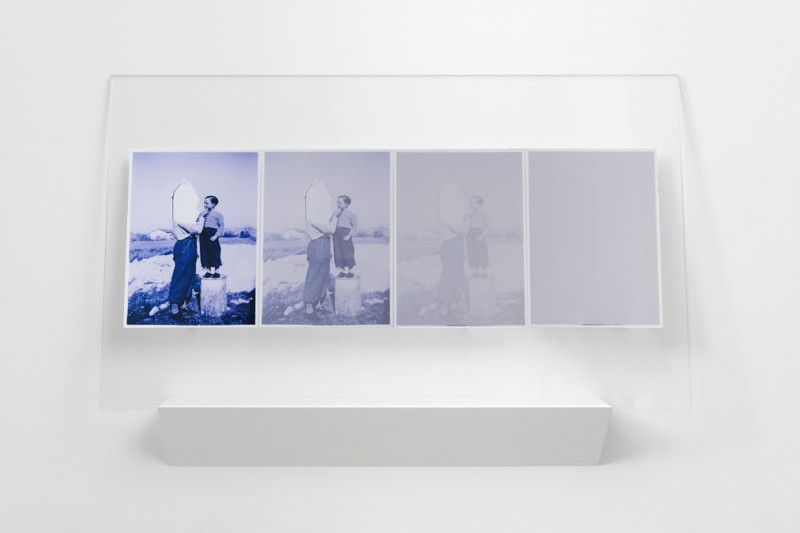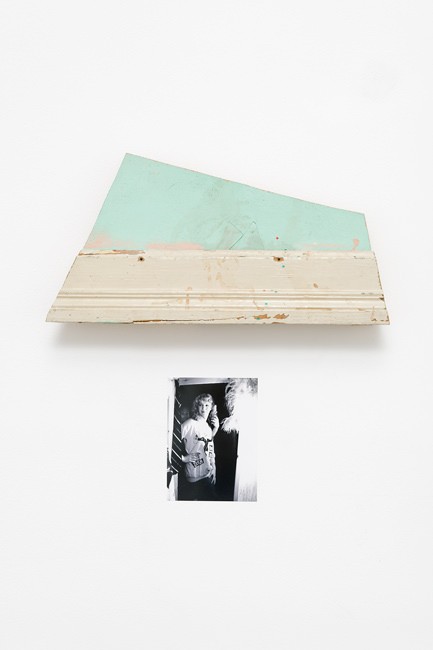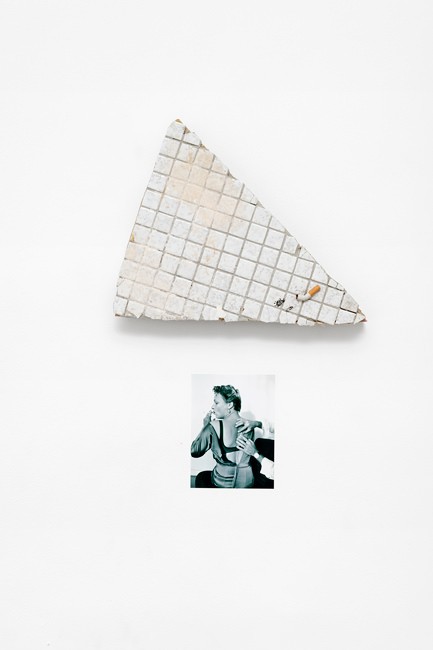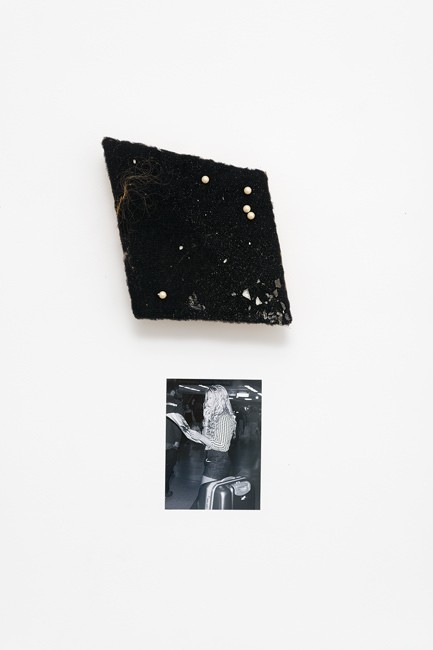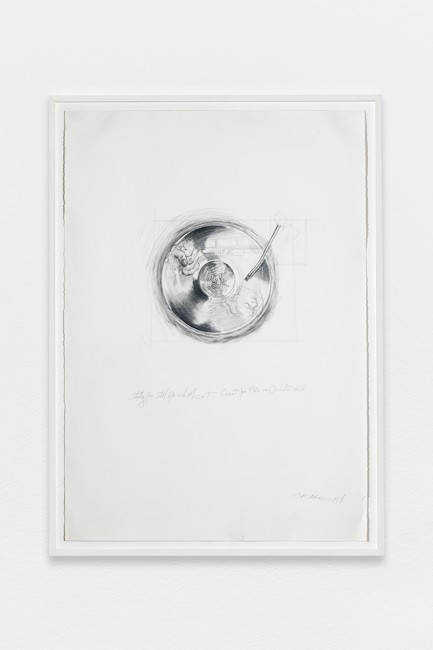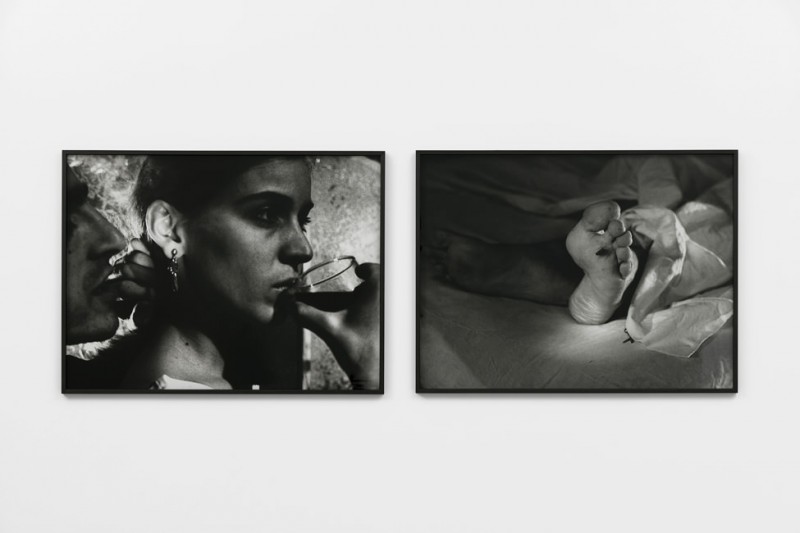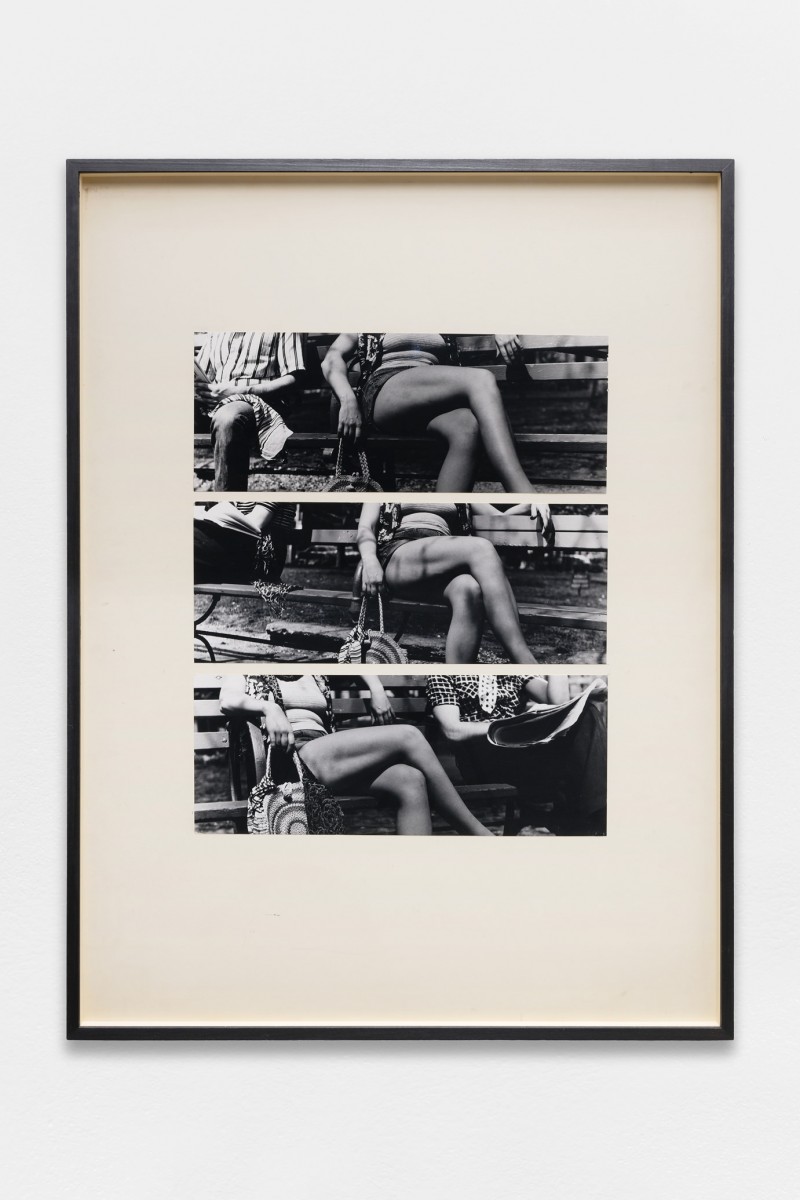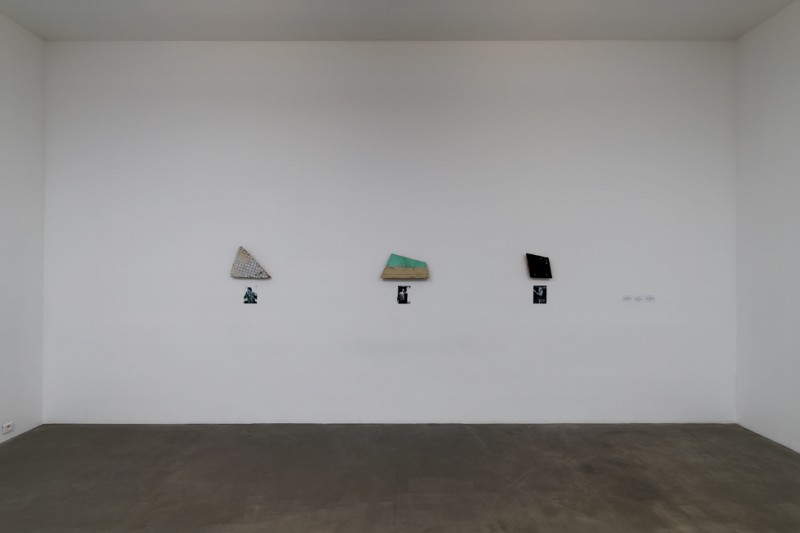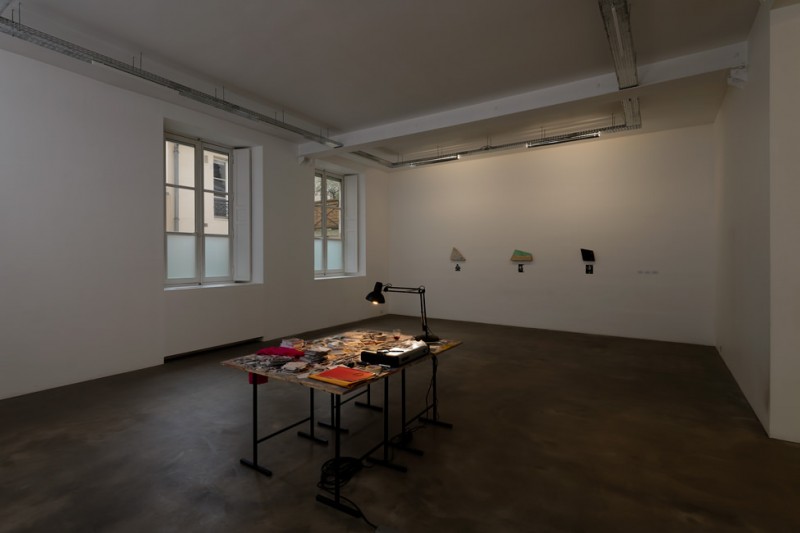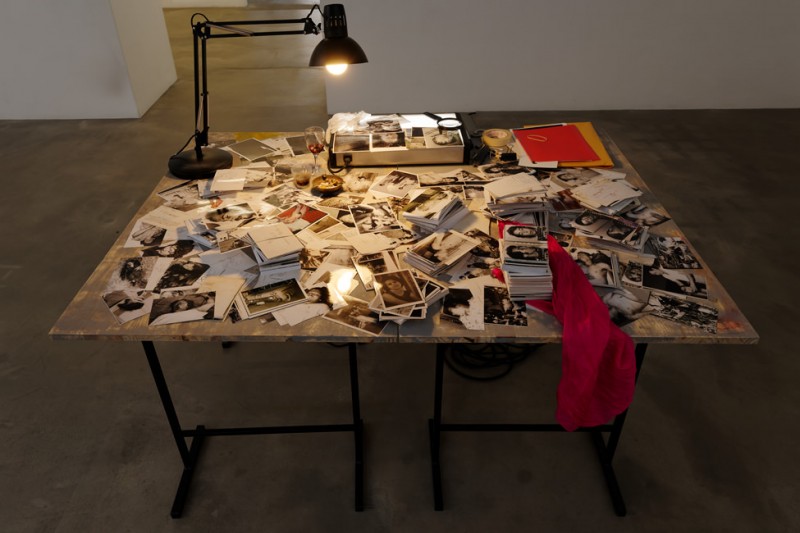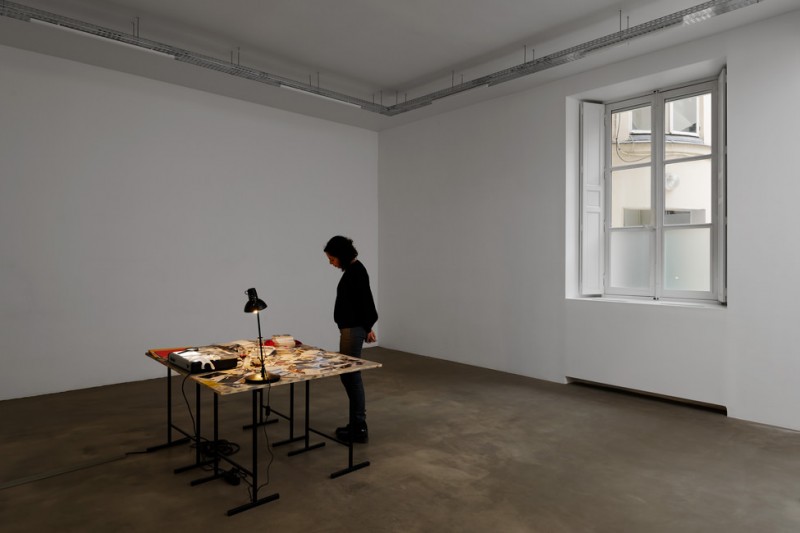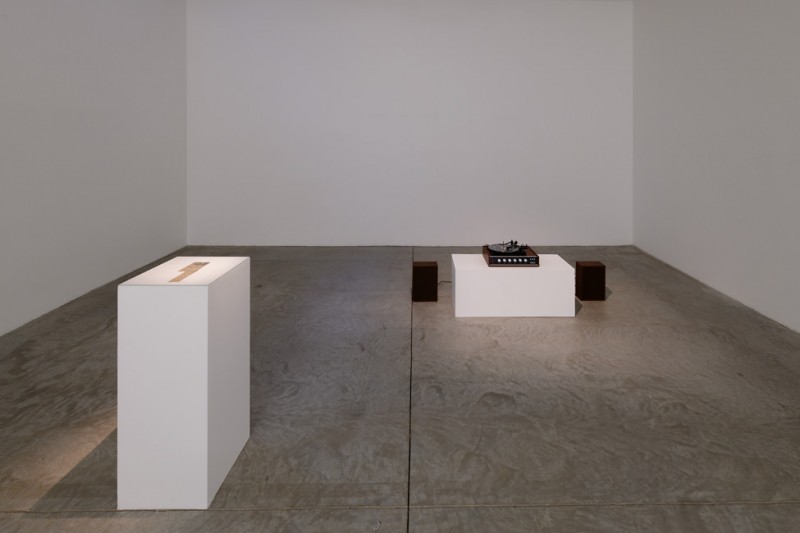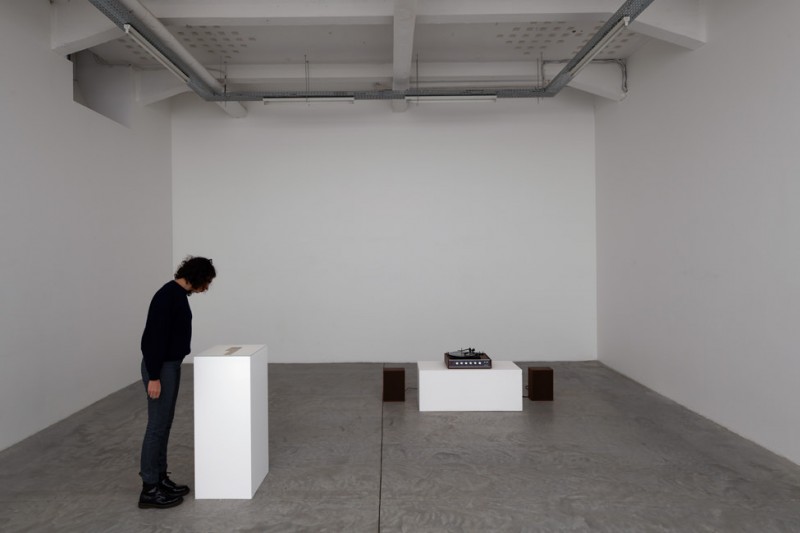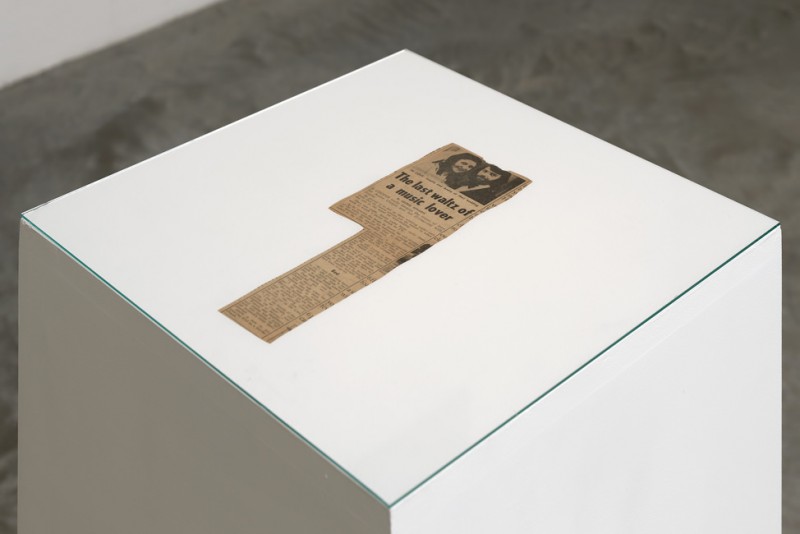Mac Adams, Gone from my sight
Exposition personnelle
Mac Adams
gb agency, Paris
25 Janvier - 22 Février 2020
Gone from my sight est un hommage à la photographie: une photographie qui témoigne de la complexité et de la fragilité de la nature humaine; une photographie qui décode et rend intelligible la réalité mais aussi qui a le pouvoir de créer de la fiction et susciter du désir ; une photographie vivante et subjective, spectatrice du passage du temps vers l’oubli, mais aussi objective, indice précieux d’une énigme; une photographie qui dénonce les injustices sociales, rend compte et éveille les consciences mais aussi qui, malgré elle, produit un système d’exclusion et de phobies.
Gone from my sight rend compte de la richesse du travail de Mac Adams: de ses premières recherches avec la série des Mysteries, diptyques noir et blanc des années 70, oeuvre centrale de l’histoire de la photographie narrative, à son installation Cartography of a Crime dans laquelle l’association de plus de 2000 images d’archives recrée un paysage cognitif et social; des premières expérimentations entre sculpture et photographie avec les Fragments de 1981, récits fictionnels ou éléments de preuve, jusqu’à la dernière série d’images intitulée Liminal Body qui dessine les contours d’un état entre deux, où l’image s’efface avant de renaitre. Enfin la dernière installation, conçue en 1981 et réalisée pour la première fois aujourd’hui, The Last Waltz, crée par l’association d’un texte et de musique, offre une expérience à la fois temporelle, sensorielle et spatiale.
Gone from my sight reflects upon the richness of Mac Adams’ work: from his first explorations in the Mysteries series, black and white diptychs from the 70s — works that are central in the history of narrative photography — to his installation Cartography of a Crime in which the association of more than 2000 archive images recreate a cognitive and social landscape; from the first experiments between sculpture and photography with Fragmented Mystery (1981), fictional stories or evidence, to the last series of images called The Liminal Body which draw the contours of a state between two states, where the image fades before being reborn. Finally, the last installation, created in 1981 and produced for the first time in this exhibition, The Last Waltz, created by combining text and music, offers an experience that is temporal, sensory and spatial.
Gone from my sight testifes to a work that never stops but, on the contrary, continuously invents and questions the different thresholds, between mediums, moments and realities.The exhibition is a more existential homage to photography because it reveals the dazzle of life; by grasping the moment, it attests that its subject was alive and suggests that it is already gone.
Fragment of an interview with Mac Adams conducted by curator Luiz Gustavo Carvalho:
lgc: Throughout your works we are enticed into trying to construct a narrative out of what we see. However, in your last works this narrative wins a very singular poetic aspect. What is the importance of the narrative void in the series The Liminal Body?
ma: As I discussed earlier, the narrative void comes from film and the splicing effect. The Liminal Body comes from the Latin word limin, meaning threshold, it pertains to the in-between states, it can become a place, a time, a situation, a being. It’s a middle ground where transformations take place, transformations that can be filled with contradictions and ambiguities. In the works Black Leather and The Red Dress we see images of a beautiful young woman transforming into a criminal because society refuses to recognize transgender. The gray color which is the center of the transition conceptually contains both images. In Gone from my sight we see the viewpoint of someone in a hospital bed looking at a beautiful view transforming into the monochromatic color green, the color of regeneration.We experience these liminal states continuously without recognizing them conceptually, the threshold between remembering and forgetting. Rage and love, the hand and the body; as in Touch.
lgc: Through the density of your last works, The Liminal Body, the construction of a narrative gives place to a philosophical reflection about the ephemeral nature of memory.The body crystalizes the possibility of transcending a certain time and space…
ma: I would say the work Mutilation addresses this. The picture is of a young boy standing on a rock looking at an older man, presumably his father. The top half of the man has been cut out rather crudely. A vintage picture, taken around the 1930s/40s. This picture really resonated with me on a personal level as I have never seen an image of my grandfather because my grandmother extracted him from the few pictures that existed. This is a picture one could write a thesis about. Showing it to a few people, I have had wildly speculative motives and genders as to who and why did this. I think one reading clear, it’s love transformed into hate and unforgiving. The young child has lovingly been untouched, in my mind it was done by a woman, possibly the mother and wife of the man.This is the ability of photography to be a muted witness moving through the liminal threshold to the forgotten.

